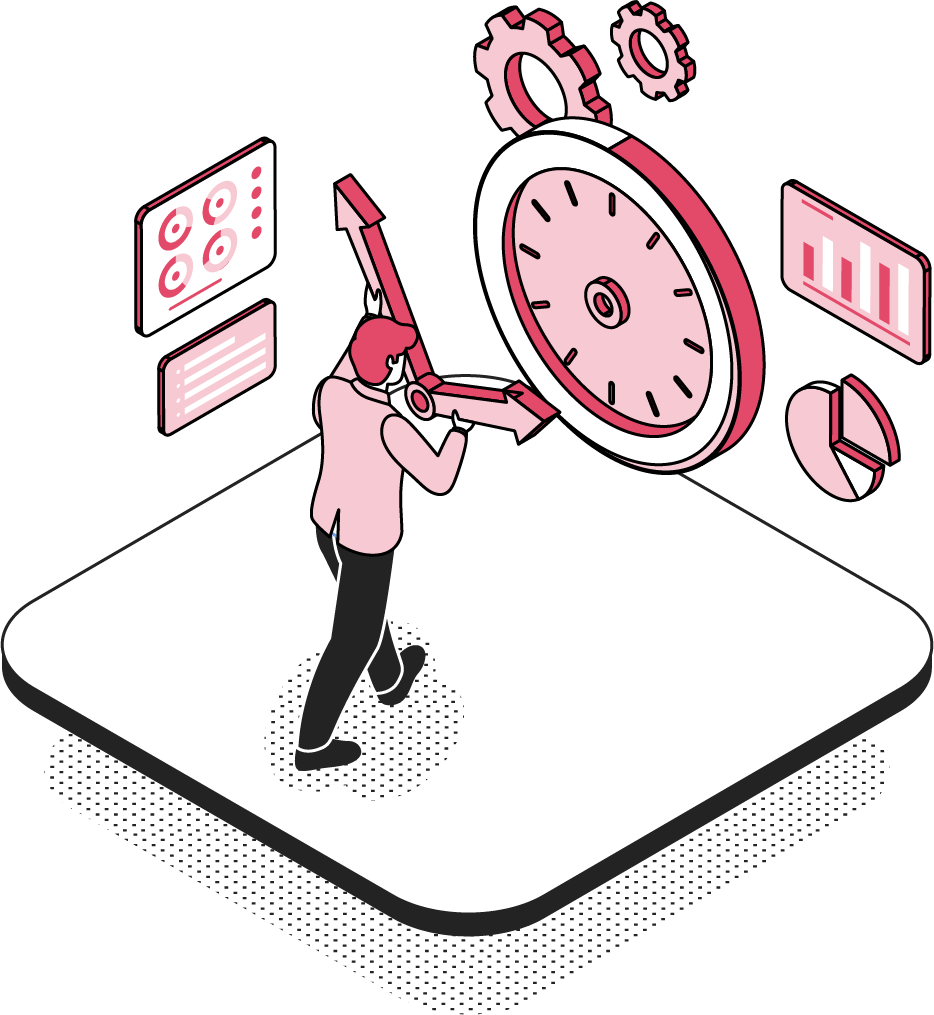The GLS Legal Operations Centre
The ultimate in-house legal department resource stack
Back
Legal Team Benchmarking
What Is It
Legal Team Benchmarking is the process of objectively assessing your in-house legal team’s performance and capabilities – and then comparing those insights against peer legal departments. It’s the essential first step in any serious legal transformation journey.
This station is about moving beyond anecdotal assessments and gut feel. It’s about building a data-driven understanding of how your legal team operates: what it does, how well it does it, and how it stacks up against high-performing legal departments in similar industries or geographies.
Benchmarking enables legal leaders to identify performance gaps, capability shortfalls, and areas of over- or under-investment. It provides the clarity needed to prioritise transformation initiatives that will deliver the greatest return on investment – whether that’s faster deal cycles, better risk mitigation, or smarter resource allocation.
GLS offers a suite of diagnostic toolkits to help legal teams examine their core processes and performance. These tools are built around the 15 core functions of a legal team, as mapped in the GLS Legal Transformation Tube Map – a comprehensive DNA-level depiction of the modern legal function. This framework ensures benchmarking is holistic, relevant, and actionable.
Scope
Legal Team Benchmarking typically covers:
◼️Workload Profiling: Quantifying the volume, type, and complexity of legal work handled.
◼️Resource Allocation: Analysing how internal and external resources are deployed across functions.
◼️Performance Metrics: Measuring key indicators such as turnaround times, cost per matter, and risk mitigation effectiveness.
◼️Capability Mapping: Assessing the maturity of the legal team across the 15 core legal functions.
◼️Peer Comparison: Benchmarking against similar legal departments by industry, size, and jurisdiction.
◼️Technology Utilisation: Evaluating the adoption and impact of legal tech tools.
◼️Client Satisfaction: Capturing internal client feedback on legal service delivery.
◼️Transformation Readiness: Identifying gaps and opportunities for operational improvement.
Resource Status
Best Practice Features
The best practice features of the GLP are as follows:
◼️Defined KPIs: Clear, measurable performance indicators aligned with legal and business objectives.
◼️Maturity Model Framework: Use of structured models to assess legal function development across core areas.
◼️Benchmarking Cadence: While annual reviews are ideal, a three-year cycle is perfectly acceptable for most legal teams.
◼️Peer Group Comparisons: Access to anonymised industry data for meaningful benchmarking.
◼️Integrated Diagnostics: Use of toolkits to assess the 15 core legal functions in detail.
◼️Stakeholder Feedback Loops: Incorporation of business client perspectives to validate performance.
◼️Visualised Insights: Dashboards and reports that make data accessible and actionable.
◼️Transformation Linkage: Benchmarking outputs directly inform legal ops transformation roadmaps.
Business Value
The Legal Team Benchmarking station delivers the following value to the Business:
◼️Cost Efficiency: Identifies areas of over-resourcing and underperformance, enabling smarter spend.
◼️Faster Time-to-Yes: Highlights process inefficiencies that delay commercial outcomes.
◼️Risk Alignment: Ensures legal resources are focused on the most critical risk areas.
◼️Strategic Fit: Aligns legal capabilities with business priorities and growth strategies.
◼️Performance Transparency: Builds trust with the business through data-backed reporting and accountability.
Legal Department Value
For the legal team, benchmarking is both a mirror and a map. It provides a clear-eyed view of current performance and a structured path to improvement.
◼️Capability Development: Identifies training, hiring, and upskilling needs across the 15 core functions.
◼️Resource Justification: Provides evidence-based support for budget and headcount requests.
◼️Process Optimisation: Pinpoints inefficiencies and areas ripe for automation or outsourcing.
◼️Morale and Motivation: Helps team members understand their impact and growth opportunities.
◼️Transformation Roadmapping: Informs prioritisation of legal ops initiatives with data-driven clarity.
Who Needs It
The Legal Team Benchmarking station is essential for:
◼️General Counsel and Heads of Legal
◼️Legal Operations Leaders
◼️Transformation and Strategy Leads
◼️CFOs and COOs seeking legal function ROI
◼️Legal team members seeking clarity on performance expectations
Productivity Consequences
A legal team operating without a Legal Team Benchmarking framework will face a wide range of inefficiencies including:
◼️Inability to justify resource requests or budget allocations
◼️Misalignment between legal services and business priorities
◼️Missed opportunities for automation or outsourcing
◼️Lack of clarity on performance expectations
◼️Difficulty in attracting and retaining top legal talent
◼️Poor internal client satisfaction due to unaddressed service gaps
Tech Implication
Legal Team Benchmarking is not inherently a tech solution, but it is significantly enhanced by technology. Legal analytics platforms, matter management systems, and survey tools streamline data collection and insight generation. Integration with existing legal tech stacks ensures benchmarking is efficient, repeatable, and scalable.
What Next?
People Also Ask
PPA: What is legal team benchmarking?
Answer: Legal team benchmarking is the process of evaluating the performance, capabilities, and efficiency of an in-house legal department against internal goals and external peer groups to identify areas for improvement and transformation.
PPA: How often should legal teams benchmark their performance?
Answer: While annual benchmarking is ideal for fast-moving teams, a three-year cadence is perfectly acceptable for most legal departments – especially when supported by robust diagnostics and maturity models.
PPA: What are the 15 core functions of a legal team?
Answer: The 15 core functions are defined in the GLS Legal Transformation Tube Map and represent the foundational activities of a modern legal department – from contracting and compliance to legal tech and stakeholder engagement. GLS offers diagnostic toolkits to assess each of these functions in detail.
PPA: Why is benchmarking important in legal operations?
Answer: Benchmarking provides objective data that helps legal teams identify performance gaps, justify resource needs, and prioritise transformation initiatives that align with business goals.

The GLS Legal Operations Centre
Register to access your complimentary Day 1 Resource Stack packed with legal team performance resources.

GLS Ultimate Guide To Legal Operations
Download this and read it thoroughly and regularly. It is a wonderful transformation companion.

Book A No-Obligation Consultation
If you would like discuss your legal transformation needs, please book a 30 minute free consultation with us.

GLS Legal Transformation Boot Camp
Our hugely successful, 10-week long, email-based boot camp on how to effectively transform your legal team.




